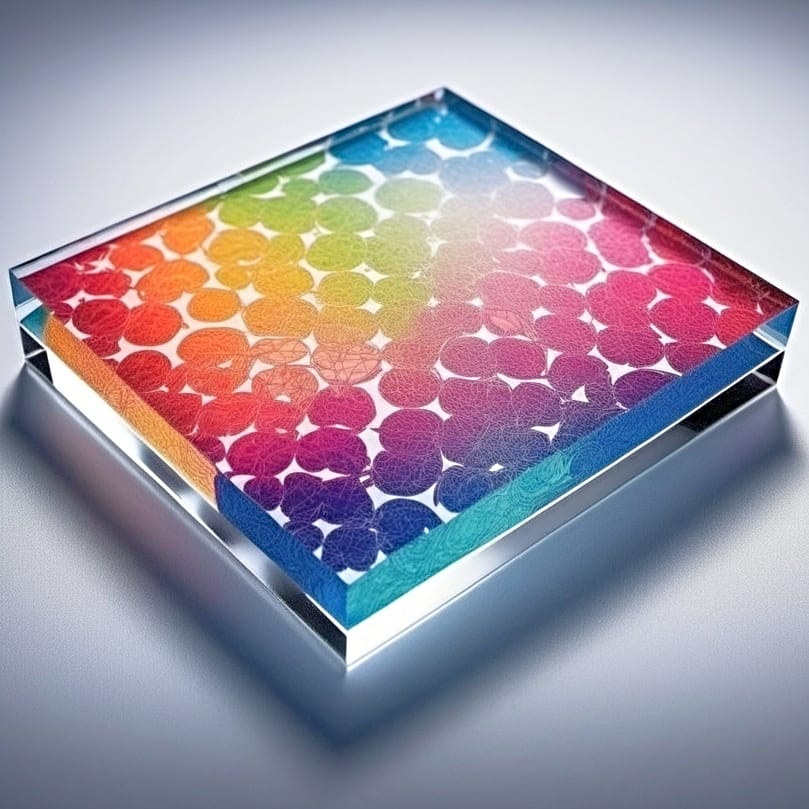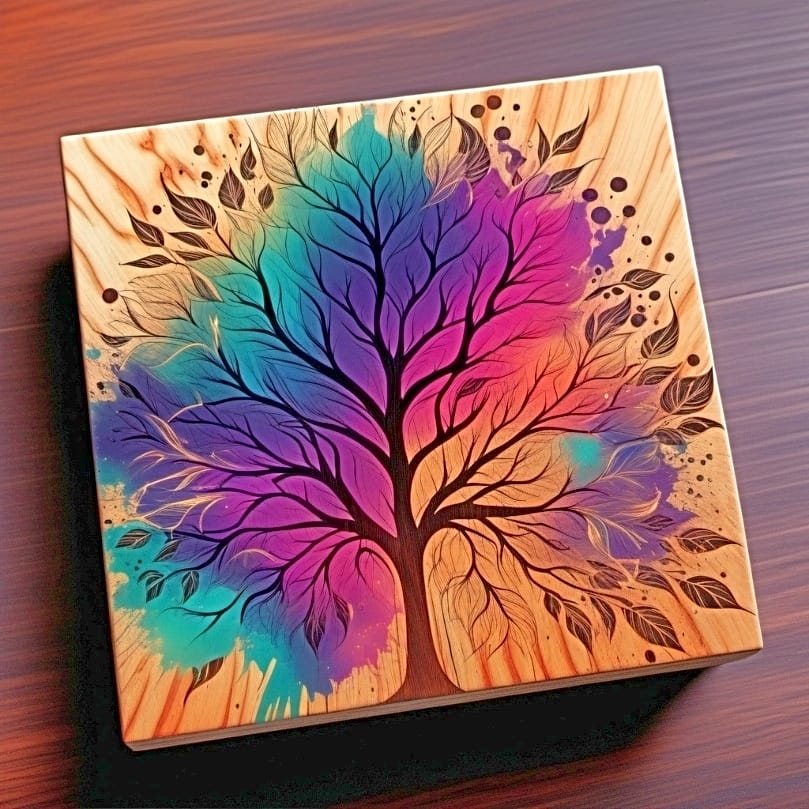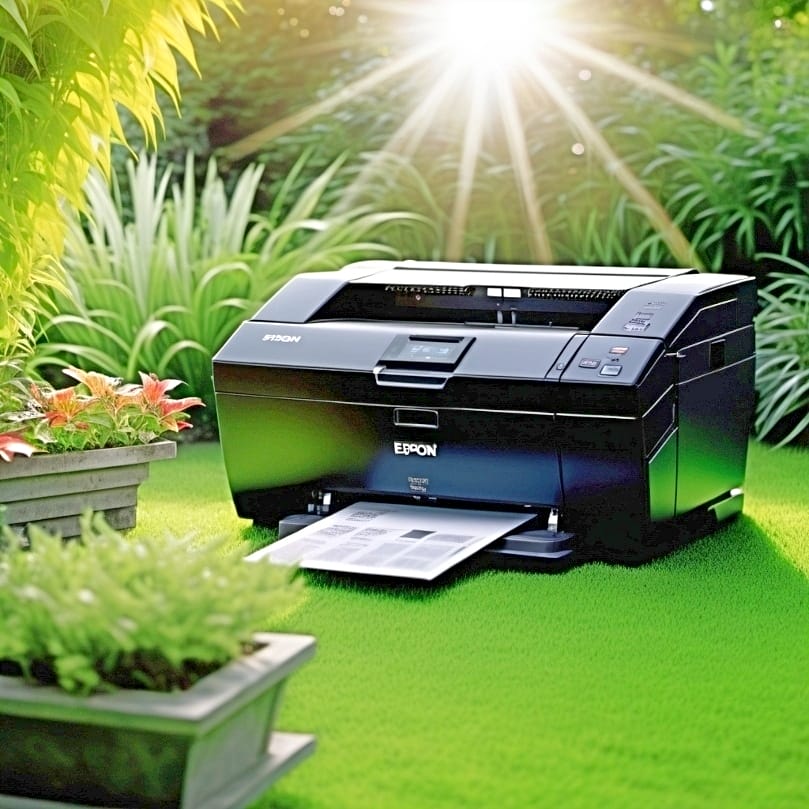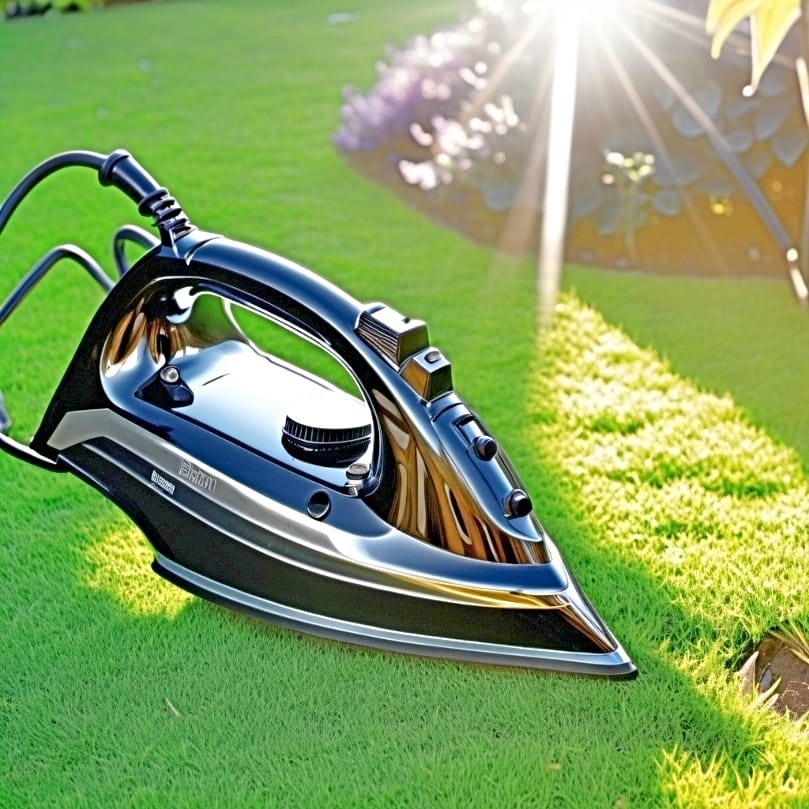Table of Contents
ToggleWelcome to the beautiful ocean of sublimation designs! So now you are curious about how to execute flawless sublimation on acrylic? Discover the necessary tools, the precise techniques, and practical tips to successfully sublimate your designs onto acrylic in this in-depth guide. Avoid common pitfalls and unlock the potential for personalized, durable creations.
Key Takeaways
- Essential supplies for sublimation on acrylic include a heat press, high-quality sublimation ink, and appropriate acrylic blanks, with cast acrylic being the preferred choice due to its higher melting point.[1]
- Proper prep is key: ensure you remove protective coatings, clean the surface thoroughly, and correctly align and secure your transfer before the heat press process to avoid issues like ghosting and blurring.
- Creativity meets practicality: acrylic sublimation allows for a variety of exciting projects, from photo panels, earrings, bookmarks, ornaments and keychains to nightlights, with troubleshooting steps available to handle any common challenges that arise.
Gathering Your Sublimation Supplies

Mastering the art of sublimation on acrylic, akin to a painter needing a canvas, brush, and paints, requires the right set of tools and materials. And believe it or not, the success of your creations largely hinges on the quality of your supplies. You’ll need a heat press, high-quality sublimation ink, and suitable acrylic blanks designed for the heat press process.
Keep in mind, not every surface is suitable for sublimation. It’s always best to opt for surfaces made of or coated with a sublimation material, like polyester, which is perfectly designed to hold sublimation dye. It is important to know the best types of fabrics to sublimate on.
Choosing the Right Acrylic Blanks
It’s worth noting that not all acrylic blanks are created equal. For the best results, cast acrylic is the way to go. Why, you ask? Because it has a higher thermal threshold before melting, ensuring your prints come out clear and vibrant every time.
To make your colors pop, go for white or light-colored cast acrylic blanks. It’s a small detail that can make a huge difference in the final result. Hence, make a wise choice when you buy acrylic sublimation blanks for your next project. You can sublimate on clear acrylic sheets.
The Role of Sublimation Ink and Paper
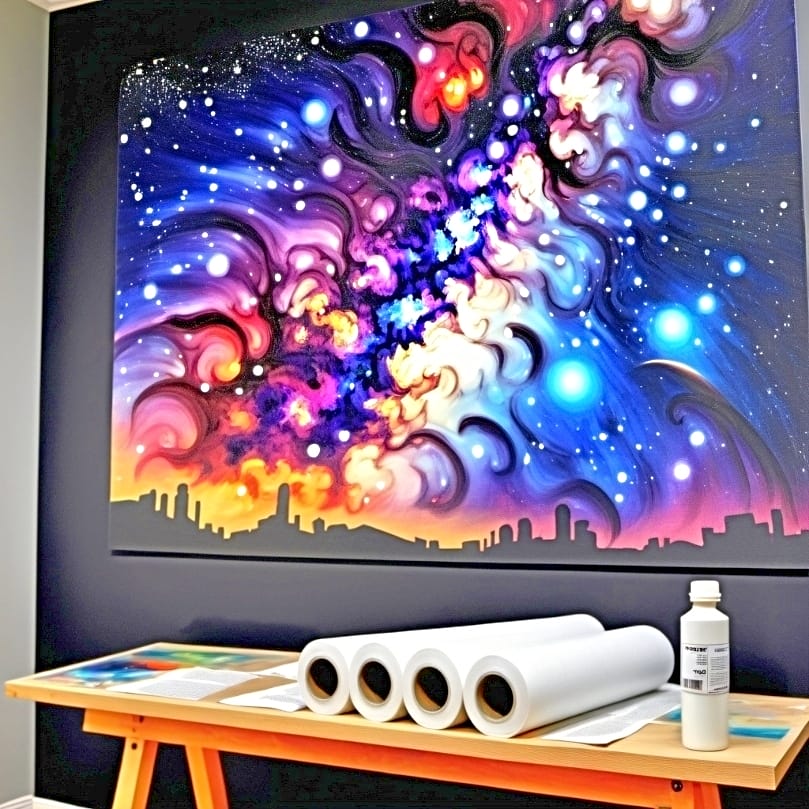
Your choice of sublimation ink and paper, much like a painter selecting high-quality paints, significantly affects the vibrancy and longevity of your prints. High-quality sublimation ink provides vibrant colors and excellent transfer quality on acrylic substrates. Likewise, high-quality sublimation paper can help you avoid issues like blurry or faded designs, which are common with low-quality paper.
⫸ Click Here For Best Selling Sublimation Printers And Products ⫷Therefore, investing in high-quality ink and paper is advantageous, bringing vibrancy and longevity to your designs. An example of high-quality sublimation ink I recommend moving into 2025 is Hiipoo sublimation ink.
Setting Up Your Heat Press
Now that you’ve got your materials ready, it’s time to set up your heat press. Here’s how:
- Set the temperature to between 385°F and 400°F, as this is the recommended temperature for sublimation on acrylic.
- Set the pressing time to around 60 seconds.
- Adjust the heat press to accommodate the thickness of your acrylic blanks to ensure the pressure is applied appropriately.
Also, conducting a test print to find the optimal settings is beneficial. Trial and error are sometimes necessary to achieve flawless results.
Preparing Your Acrylic for Sublimation
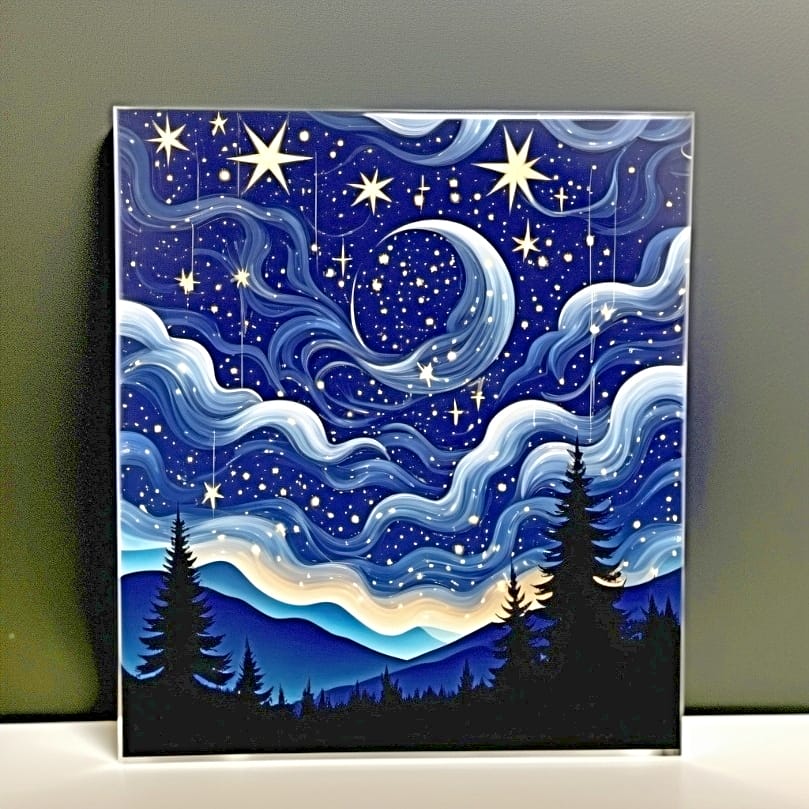
With your heat press set up and your materials ready, it’s time to prepare your acrylic for sublimation. If you’re using clear acrylic, you might want to enhance your sublimation print with a white spray or vinyl sheet as a background. This will give your design a vibrant pop against the transparent background. Before printing, ensure to measure your acrylic blank to confirm that your sublimation design fits. Thorough preparation is a crucial step towards perfect results.
Removing Protective Coatings
Before you get started with the sublimation process, you’ll need to remove any protective coatings from your acrylic blank. This can be done by:
- Peeling off a corner of the film with your nails
- Using adhesive tape or tweezers to lift the film
- If the film is stubborn, you can try soaking the acrylic piece in warm water for about 30 minutes to loosen it
Patience is key here, as you don’t want to scratch or damage the acrylic surface.
Cleaning the Acrylic Surface
After removing the protective film, it’s time to clean your acrylic surface. You can use:
- Non-greasy nail polish remover
- Alcohol
- Hand cream
- Cooling oil[2]
to gently wipe off any adhesive marks left by the protective film or stickers.
Then, follow these steps to prepare the acrylic blank for sublimation:
- Wipe the acrylic blank with a lint-free cloth.
- Use rubbing alcohol to eliminate any remaining dust and debris.
- Make sure to thoroughly clean the surface to ensure a successful sublimation process.
For a successful sublimation process, a clean acrylic surface is a must, and using a high-quality acrylic sheet can make all the difference.
Mastering the Art of Sublimation Printing
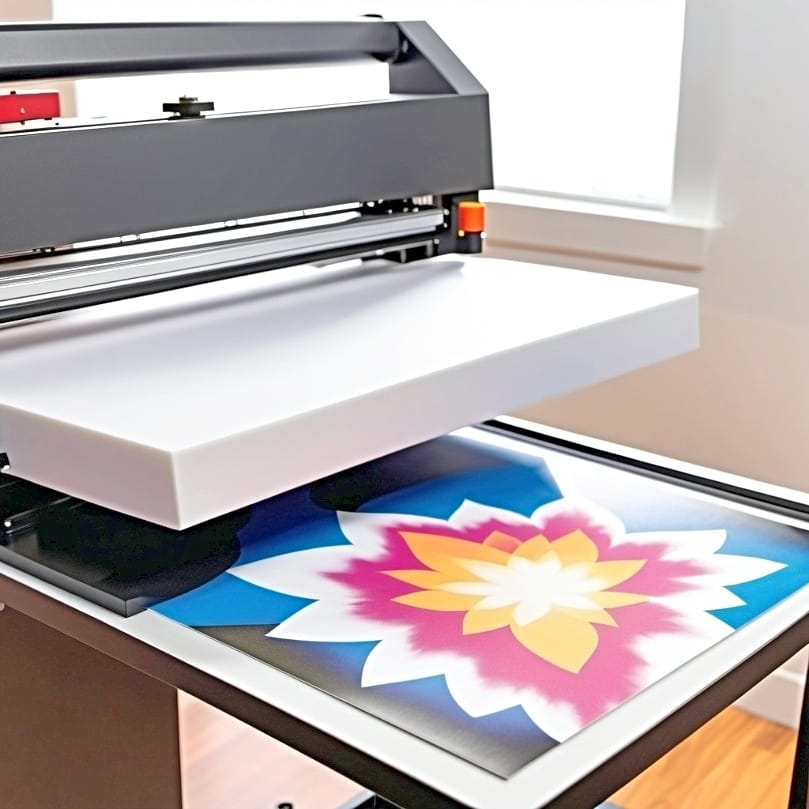
Now that your acrylic is prepped and ready, it’s time to dive into the heart of the process: sublimation printing. This process involves transferring a design from special sublimation paper onto an acrylic blank using a heat press. But it’s not just about pressing and waiting. There’s an art to aligning and securing your transfer, managing the heat transfer process, and adding the finishing touches.
Master these techniques and you’ll soon be creating stunning sublimated acrylic items.
Aligning and Securing the Transfer
The first step in the sublimation process is aligning and securing your transfer. This involves carefully placing your acrylic blank onto the transfer paper without sliding to avoid ghosting or blurring. Use heat-resistant tape to secure the paper to the back side of the acrylic blank. Bear in mind, precision at this stage is crucial. An accurately aligned and secured transfer results in a perfect print!
The Heat Transfer Process
Once your transfer is secured, it’s time for the heat transfer process. Here’s how to do it:
- Set your heat press to the recommended temperature of 385 degrees Fahrenheit for 60 seconds.
- Ensure that the press has reached the necessary temperature before pressing for vibrant, successful color transfer.
- During the process, apply medium pressure.
- Protect your acrylic surface and sublimation paper with butcher or parchment paper for a clean and efficient transfer.
Cooling and Finishing Touches
After the heat transfer, allowing your acrylic pieces to cool properly is of utmost importance. To prevent warping, cool them under a flat, heavy object such as a heavy book or heat-resistant mat.
Once your pieces have fully cooled, you can add any necessary hardware or decorative elements, such as chains for keychains or stands for displays. Don’t forget that the finishing touches can significantly enhance the overall look!
Creative Applications for Acrylic Sublimation
Now that you’ve mastered the art of acrylic sublimation, the possibilities are endless! From stunning photo panels and custom keychains to unique nightlights, acrylic sublimation allows you to create a wide range of personalized items. Whether you’re crafting for yourself, creating gifts for loved ones, or even starting your own small business, the versatility of acrylic sublimation opens up a world of creative opportunities.
Designing Stunning Acrylic Photo Panels

If you’re looking for a way to display your favorite photos in a unique and eye-catching way, acrylic photo panels are the way to go. Here’s how to create your own:
- Start by selecting high-resolution images and editing them using graphic software to optimize color balance and add any decorative elements.
- Once your image is ready, print it onto sublimation paper.
- Follow the sublimation process to transfer the image onto your acrylic blank.
The result? A stunning photo panel that will captivate all who see it!
Crafting Custom Acrylic Keychains
Acrylic keychains are a fun and practical application for sublimation. Whether you’re creating a personalized gift or a promotional item for your business, a custom keychain is always a hit. Start by transferring your design onto the frosted side of your acrylic keychain blank for a clear and vivid result.
Then, after sublimation, attach a keyring and any additional decorative elements to complete your custom piece. The end product is a functional and stylish accessory that’s truly one-of-a-kind.
Illuminating Spaces with Sublimated Acrylic Nightlights
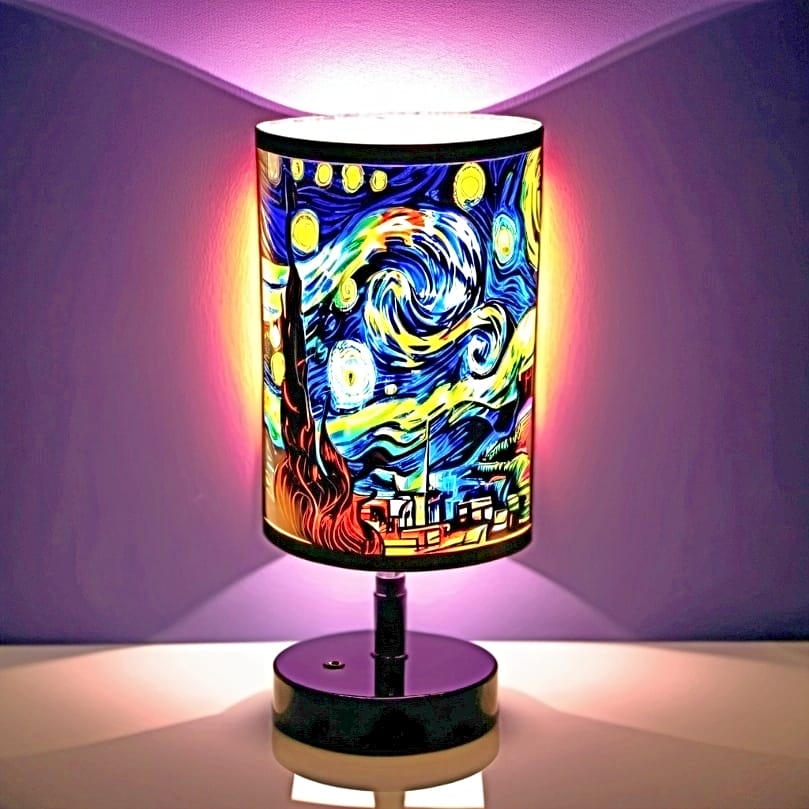
Looking for a way to illuminate your space with a touch of creativity? Consider crafting a sublimated acrylic nightlight. Here’s how:
- Sublimate your design onto the back of a blank acrylic piece.
- Fit the acrylic piece into a nightlight base.
- When illuminated, the light enhances the colors and details of your design, creating a captivating visual display.
It’s a fun and unique project that’s sure to brighten up any room!
Acrylic Coasters: A Creative Project for 2025
Creating personalized coasters through sublimation allows for functional and decorative items that showcase intricate designs or branding. Using durable acrylic material ensures longevity and easy maintenance, making them ideal for both personal use and gifts.
Troubleshooting Common Sublimation Challenges
While the process of acrylic sublimation can be rewarding, it’s not without its challenges. You may encounter issues like paper residue, distortion, or discoloration during your crafting journey. But don’t worry! These hurdles are just part of the learning process, and with a few tips and tricks, you’ll be able to overcome them and continue crafting stunning sublimated acrylic items.
Handling Paper Residue on Acrylic Blanks
One common challenge is dealing with paper residue on your acrylic blanks. This pesky issue can be addressed by:
- Using high-quality sublimation paper and ensuring it is larger than your acrylic blank.
- If residue does occur, soaking the acrylic blank in water for about 10 minutes can help to loosen it.
- Then, you can gently push the residue off with the flat end of a popsicle stick.
With a little patience and the right techniques, you can effectively remove any paper residue and ensure a clean surface for your next sublimation project.
Dealing with Distortion and Discoloration
Another challenge you may encounter is distortion and discoloration. These issues can often be minimized by using the correct type of sublimation ink and carefully adjusting the time and temperature on your heat press platen. By following the dye sublimation process with a sublimation printer, if distortion occurs, you can try sublimating a sublimation blank at 185°C for 220 seconds, which has been found to yield the best results in terms of image clarity and minimal distortion. To avoid any issues, always opt for high-quality sublimation blanks.
Remember, a little trial and error can go a long way in achieving perfect results.
Displaying and Caring for Sublimated Acrylic Items

Once you’ve created your sublimated acrylic items, you’ll want to display them in a way that shows off their beauty and preserves their vibrancy. It’s also essential to properly care for your items to ensure they maintain their appearance over time.
Consider some effective display options and maintenance tips that will aid in preserving the best look of your creations.
Effective Display Options
Displaying your sublimated acrylic items effectively is just as important as creating them. For clear acrylic pieces, a white or light-colored backdrop can really enhance visibility. Display stands, such as easels or plate stands, are also effective for exhibiting sublimated acrylic panels in an upright position.
Don’t forget that your items’ display method can greatly influence their perception and appreciation.
Maintenance and Care
Maintaining and caring for your sublimated acrylic items properly is key to preserving their vibrancy and appearance. Use a gentle acrylic cleaner or a mixture of water and mild dish soap to clean the surfaces. After cleaning, you can apply isopropyl alcohol with a soft cloth to enhance the vibrancy by improving the clarity and shine of the sublimated acrylic.[3]
Regular dusting using a soft microfiber cloth will also help keep your items looking their best. With proper care, your sublimated acrylic creations will maintain their beauty for years to come. You can also find sublimation acrylic paint online.
Summary
We’ve dived deep into the world of acrylic sublimation, exploring everything from gathering your supplies and preparing your acrylic, to mastering the art of sublimation printing, creating stunning pieces, and troubleshooting common challenges. With the right tools, materials, and techniques, you can transform ordinary acrylic blanks into stunning custom creations. So what are you waiting for? Let your creativity shine and start your acrylic sublimation journey today!
Frequently Asked Questions
What temperature should I sublimate on acrylic?
You should sublimate on acrylic at 400 degrees Fahrenheit for 60 seconds with medium pressure.
Can you sublimate on 100 percent acrylic?
Yes, you can sublimate on 100 percent acrylic because its high polymer content eliminates the need for separate polymer coats. So go ahead and give it a try!
How do you print on blank acrylic?
You can print on blank acrylic by using Texprint Sublimation Paper and setting the temperature to 400 degrees Fahrenheit, timer to 60 seconds, and pressure to medium. Make sure to print a non-mirror image and remove the protective film from the acrylic item before printing.
How can I prevent paper residue on my acrylic blanks?
To prevent paper residue on your acrylic blanks, make sure to use high-quality sublimation paper that is larger than your acrylic blank. This will help avoid transferring any paper residue to the acrylic surface.
How do I deal with distortion and discoloration in my sublimation prints?
To minimize distortion and discoloration in your sublimation prints, use the correct type of sublimation ink and carefully adjust the time and temperature on your heat press. This can significantly improve the quality of your prints.
References
- Kim, H. (2009). The structure of acrylic, polyvinylalcohol and polyvinylchloride fibers. In Elsevier eBooks (pp. 305–324). https://doi.org/10.1533/9781845696504.2.305
- Muralikrishna, I. V., & Manickam, V. (2017b). Industrial wastewater treatment technologies, recycling, and reuse. In Elsevier eBooks (pp. 295–336). https://doi.org/10.1016/b978-0-12-811989-1.00013-0
- PubChem. (n.d.-c). Isopropyl alcohol. PubChem. https://pubchem.ncbi.nlm.nih.gov/compound/3776

